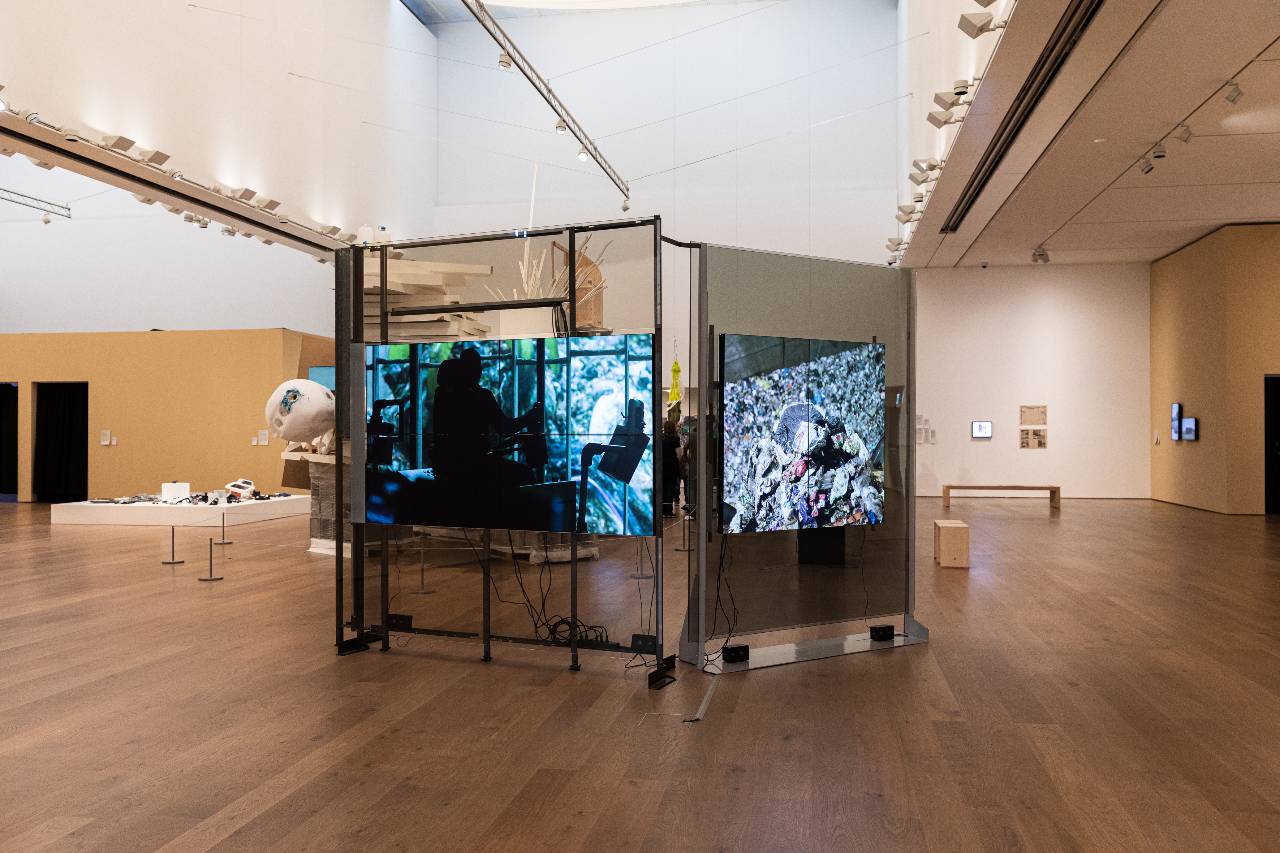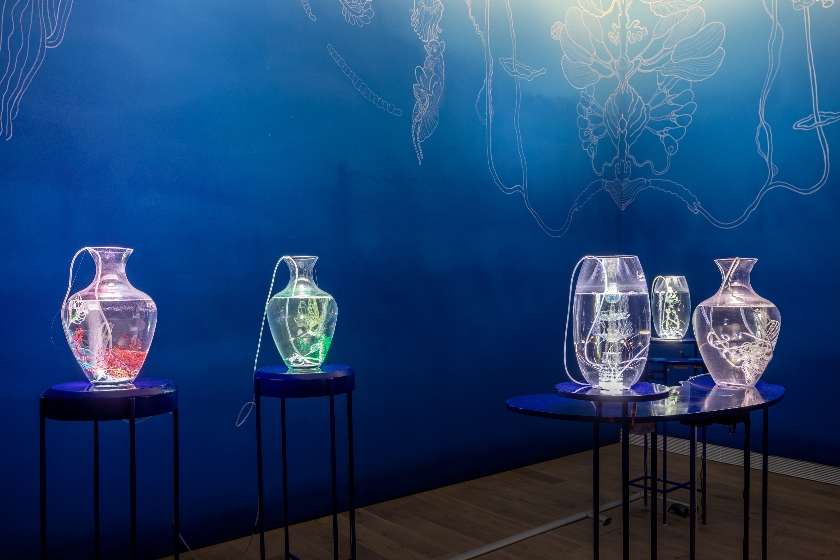Territories of Waste
On the Return of the Repressed
14 September 2022 – 8 January 2023
The current planetary crisis has ensured that the proliferation of environmental pollutants has once more become a focus of artistic practice, alongside climate change and mass extinction. The group exhibition Territories of Waste at Museum Tinguely focusses attention on this contemporary artistic engagement and asks where such discussions are taking place today, as well as taking a new look from this perspective at the art of the second half of the twentieth century. The group show is intended as an accumulation or gathering of many voices that takes the dynamically mixed quality of waste seriously as a structuring concept. The exhibition landscape that spreads out from a central point is connected by six main themes that run through it like a network.
Artists: Arman, Helène Aylon, Lothar Baumgarten, Anca Benera & Arnold Estefán, Joseph Beuys, Rudy Burckhardt, Carolina Caycedo, Revital Cohen & Tuur Van Balen, Julien Creuzet, Agnes Denes, Douglas Dunn, Julian Aaron Flavin, Nicolás García Uriburu, Hans Haacke, Eric Hattan, Eloise Hawser, Fabienne Hess, Barbara Klemm, Max Leiß, Diana Lelonek, Jean-Pierre Mirouze, Hira Nabi, Otobong Nkanga, Otto Piene, realities:united, Romy Rüegger, Ed Ruscha, Tita Salina & Irwan Ahmett, Tejal Shah, Mierle Laderman Ukeles, Raul Walch, Pinar Yoldaş.

















.jpg)







